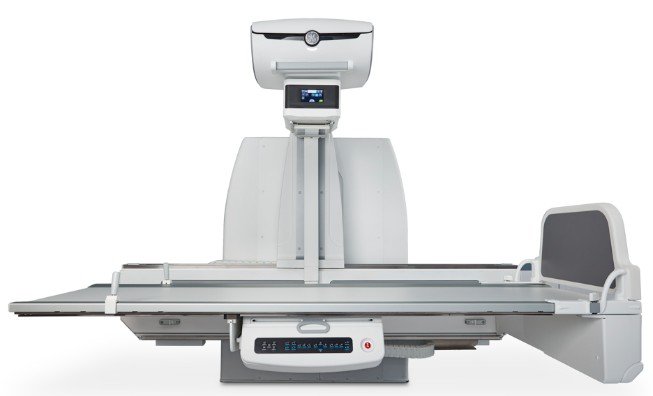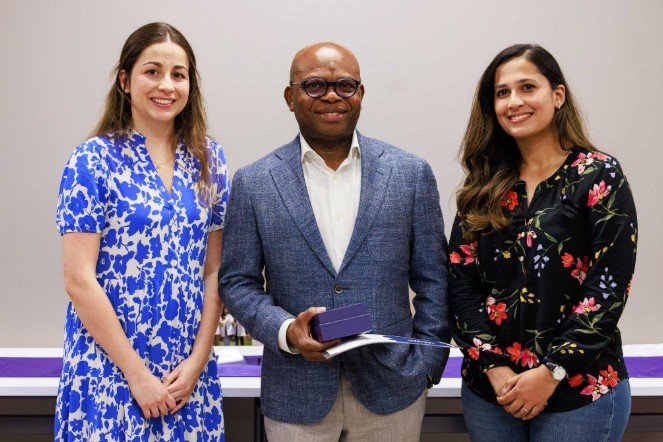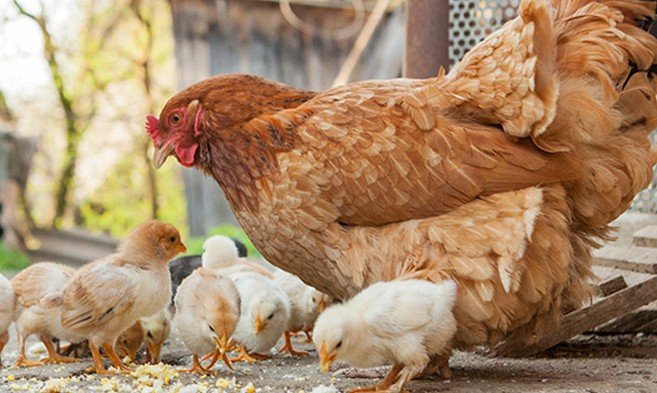Exercise is key to good health, but most people tend to stick with just one or two favorite activities. Maybe you jog, swim or lift weights — but true fitness comes from variety. To stay strong, flexible, and balanced, experts recommend including aerobic, strength, stretching, and balance exercises in your weekly routine.
Here’s what you need to know about each type, plus sample moves to try (with your doctor’s approval).
1. Aerobic Exercise
Aerobic exercise gets your heart pumping and lungs working. It improves endurance and delivers oxygen-rich blood to your muscles. If you find yourself short of breath after just one flight of stairs, it may be time to add more aerobic activity.
Benefits:
-
Lowers blood pressure and blood sugar
-
Reduces inflammation
-
Improves mood and energy
-
Burns fat and lowers “bad” LDL cholesterol
-
Lowers long-term risk of heart disease, stroke, diabetes, and even certain cancers
Goal: At least 150 minutes per week of moderate-intensity activity.
Examples: Brisk walking, swimming, jogging, cycling, dancing, or step aerobics.
Try this move – March in place
-
Stand tall, arms at your sides.
-
Swing arms and lift knees as if marching.
-
Variations: march forward/backward, wide stance, or alternating wide and narrow steps.
-
Make it easier: Slow down and lift knees lower.
-
Make it harder: Pump your arms and lift knees higher.
2. Strength Training
As we age, we naturally lose muscle mass. Strength training helps rebuild it — making daily tasks like lifting groceries or getting out of a chair easier.
Benefits:
-
Increases muscle and bone strength
-
Improves posture and balance
-
Helps control blood sugar and weight
-
Reduces stress and joint pain
Goal: Two to three sessions per week.
Examples: Bodyweight moves (squats, push-ups, lunges), resistance bands, or weight machines.
Try this move – Squat
-
Stand with feet shoulder-width apart.
-
Slowly bend hips and knees, lowering as if sitting in a chair.
-
Swing arms forward for balance, then return to standing.
-
Make it easier: Sit and stand from a chair.
-
Make it harder: Lower farther (but not past thighs parallel to floor).
3. Stretching
Flexibility often gets overlooked, but it’s vital for healthy aging. Muscles naturally shorten over time, making daily movements — even tying shoes — more difficult.
Benefits:
-
Increases range of motion
-
Reduces pain, stiffness, and risk of injury
-
Improves posture and daily function
Goal: Stretch daily, or at least 3–4 times a week.
Tip: Warm up with dynamic stretches (like arm circles or marching in place), then follow with static stretches.
Try this move – Single Knee Rotation
-
Lie on your back, legs extended.
-
Place left foot on right thigh, just above the knee.
-
Gently pull left knee across your body with your right hand.
-
Hold 10–30 seconds, repeat on other side.
-
Tip: Keep both shoulders flat on the floor.
4. Balance Exercises
Balance tends to decline with age, raising fall risk. Training your balance now can prevent problems later.
Benefits:
-
Improves stability and confidence
-
Prevents falls and injuries
-
Strengthens core and leg muscles
Goal: Include balance training a few times a week (more often if you’ve had falls or near-falls).
Examples: Tai chi, yoga, heel-to-toe walking, standing on one foot.
Try this move – Standing Knee Lift
-
Stand tall, feet together, hands on hips.
-
Lift left knee toward the ceiling, hold, then lower slowly.
-
Repeat 3–5 times per leg.
-
Make it easier: Hold onto a chair for support.
-
Make it harder: Lower foot close to the ground without touching, then lift again.
The Bottom Line
True fitness is about more than just cardio or weights. Aerobic exercise builds endurance, strength training protects muscles and bones, stretching improves flexibility, and balance work prevents falls. Together, they help you stay healthy, independent, and active at every stage of life.




